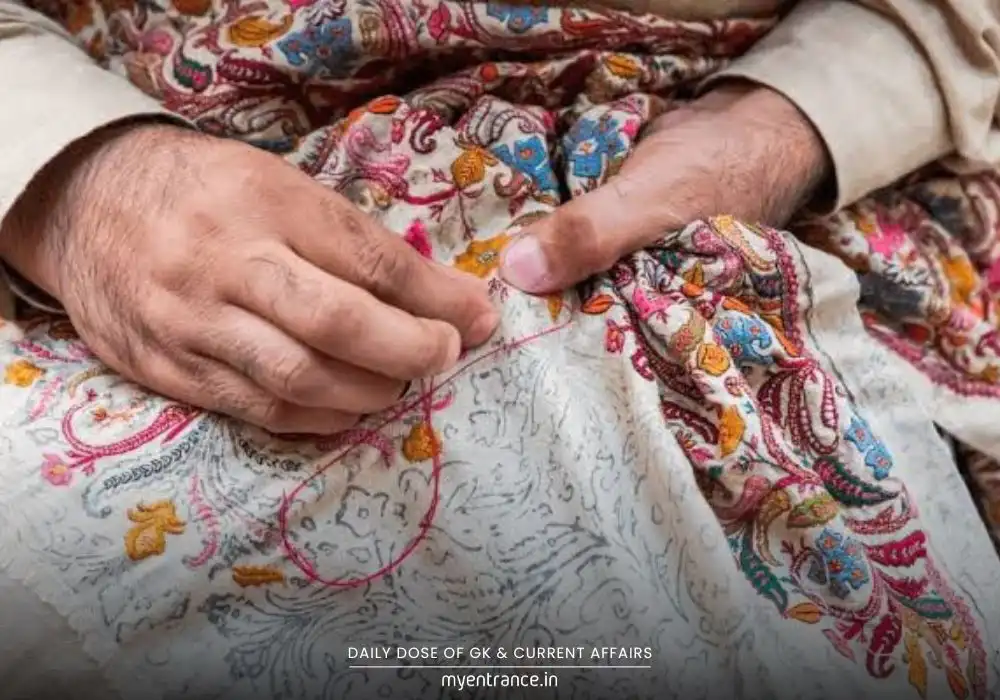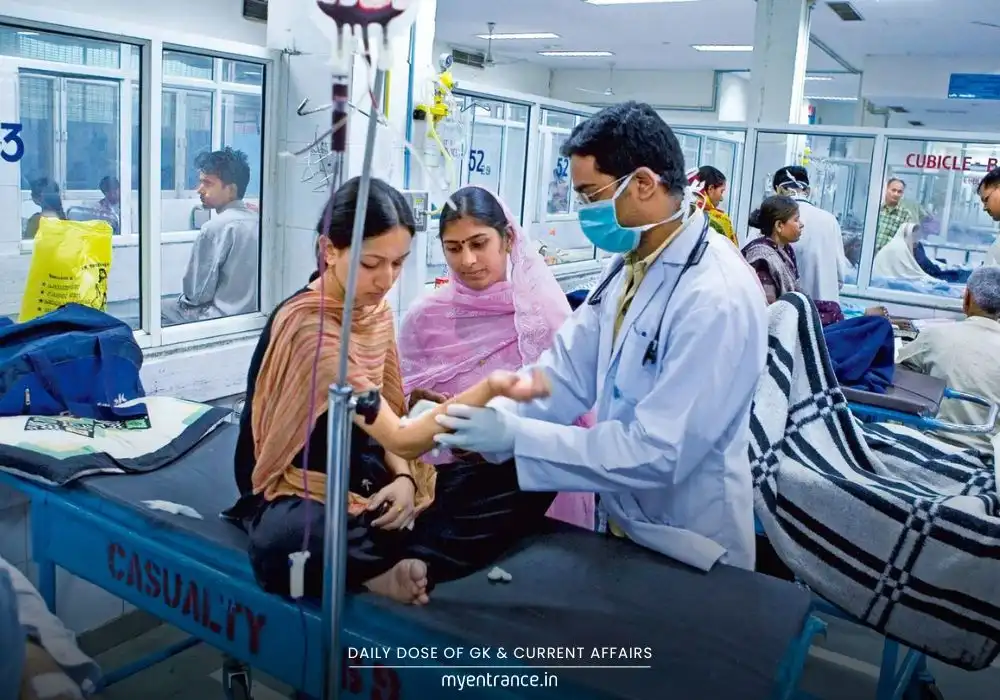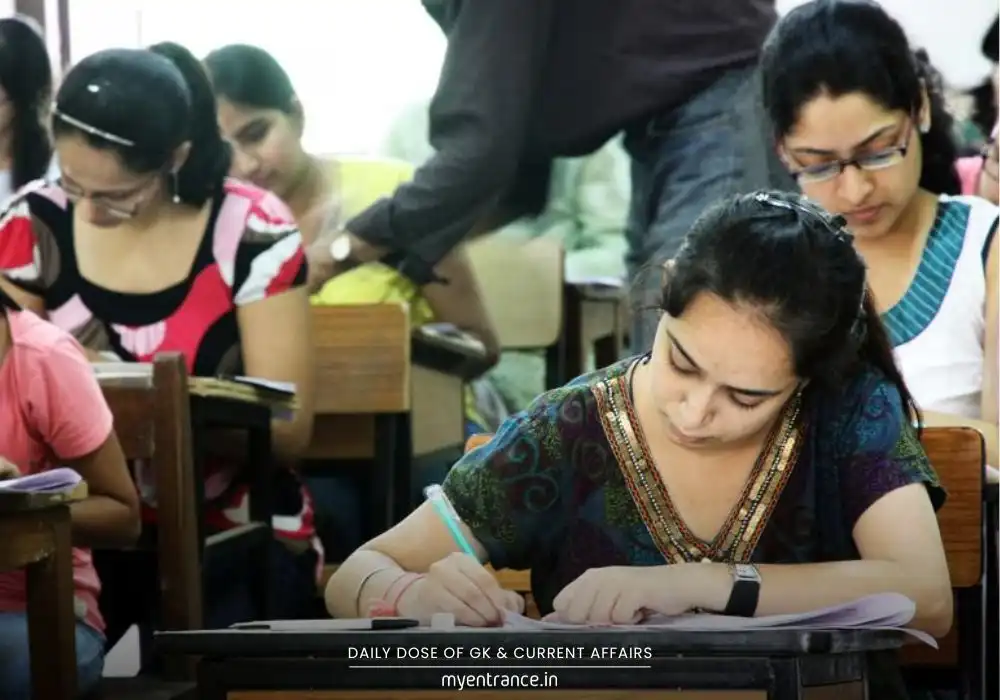Translate Language
Karkhandar Scheme: Reviving Kashmir’s Heritage Handicrafts – Key Facts for Competitive Exams
The Karkhandar Scheme is a crucial government initiative aimed at preserving Kashmir’s rich handicraft heritage while empowering local artisans. With financial aid, skill training, and modern tools, this scheme ensures the survival of dying crafts. For competitive exam aspirants, understanding this scheme is vital for questions on government welfare programs and cultural preservation.

What is the Karkhandar Scheme?
Launched in 2021 by the Department of Handicrafts and Handloom, Kashmir, the Karkhandar Scheme focuses on:
Reviving Endangered Crafts: It identifies traditional crafts at risk of extinction, such as:
Walnut wood carving
Silver filigree work
Kani & Sozni weaving
Papier-mâché
Khatamband woodwork
Carpet weaving
Engraved copperware
Skill Development: Master artisans (including National and State awardees) train the younger generation to keep these crafts alive.
Financial Support:
Trainees receive ₹2,000/month for six months.
Craft units (Karkhanas) get ₹25,000 in two instalments for tools, raw materials, and logistics.
Employment & Income Boost: By enhancing production capacity, the scheme helps artisans earn sustainable livelihoods.
Recently, ₹33.34 lakh was allocated to five districts—Anantnag, Budgam, Baramulla, Kulgam, and Srinagar—to accelerate implementation.
Why is the Karkhandar Scheme Important for Exams?
Government schemes like Karkhandar are frequently asked in UPSC, PSC, SSC, NIFT General Ability Test, NID, and other competitive exams under sections like:
Government Welfare Programs
Skill Development Initiatives
Cultural Heritage Preservation
Economic Upliftment of Artisans
Understanding its objectives, funding, and impact can help in:
Essay Writing (e.g., “Revival of Traditional Crafts in India”)
Current Affairs MCQs
Descriptive Answers in mains exams
Questions & Answers on the Karkhandar Scheme
1. What is the primary objective of the Karkhandar Scheme?
Ans: The scheme aims to revive endangered Kashmiri handicrafts, provide skill training to artisans, and boost their income through financial and logistical support.
2. Which crafts are supported under the Karkhandar Scheme?
Ans: It includes walnut wood carving, Sozni embroidery, Papier-mâché, silver filigree, Khatamband, and carpet weaving.
3. How much stipend do trainees receive under this scheme?
Ans: Trainees get ₹2,000 per month for six months, directly transferred to their bank accounts.
4. Which districts in Kashmir have received funds under the Karkhandar Scheme?
Ans: Funds have been allocated to Anantnag, Budgam, Baramulla, Kulgam, and Srinagar.
5. How does the Karkhandar Scheme contribute to the local economy?
Ans: By enhancing artisans’ skills, increasing production, and generating employment, the scheme strengthens Kashmir’s handicraft industry and preserves cultural heritage.
The Karkhandar Scheme is more than just a welfare program—it’s a lifeline for Kashmir’s artisans and a step towards safeguarding India’s cultural legacy. For exam aspirants, keeping track of such schemes ensures an edge in general awareness and current affairs sections.
Stay tuned to MyEntrance.in for more exam-focused updates!
Get 3 Months Free Access for SSC, PSC, NIFT & NID
Boost your exam prep!
Use offer code WELCOME28 to get 3 months free subscription. Start preparing today!















